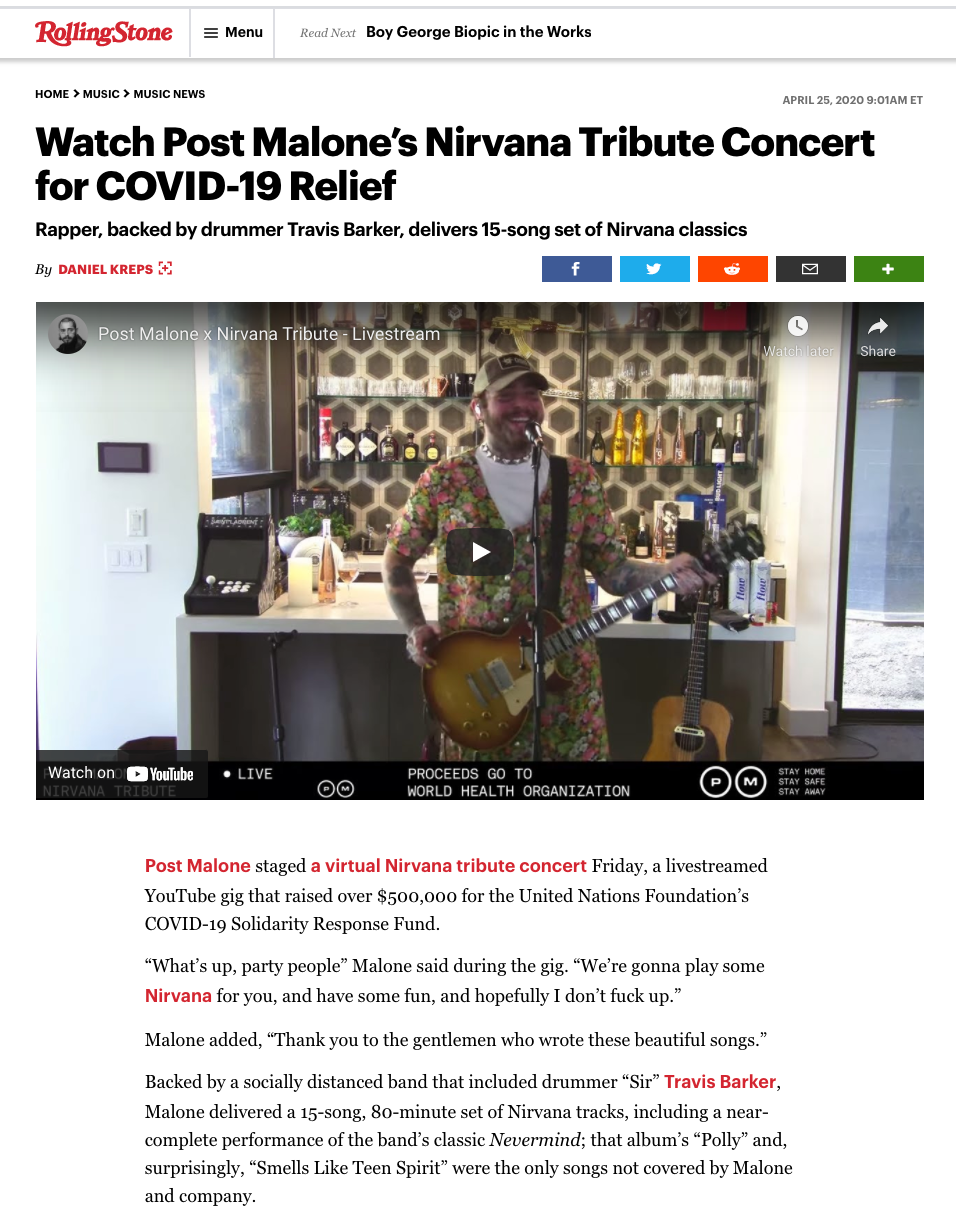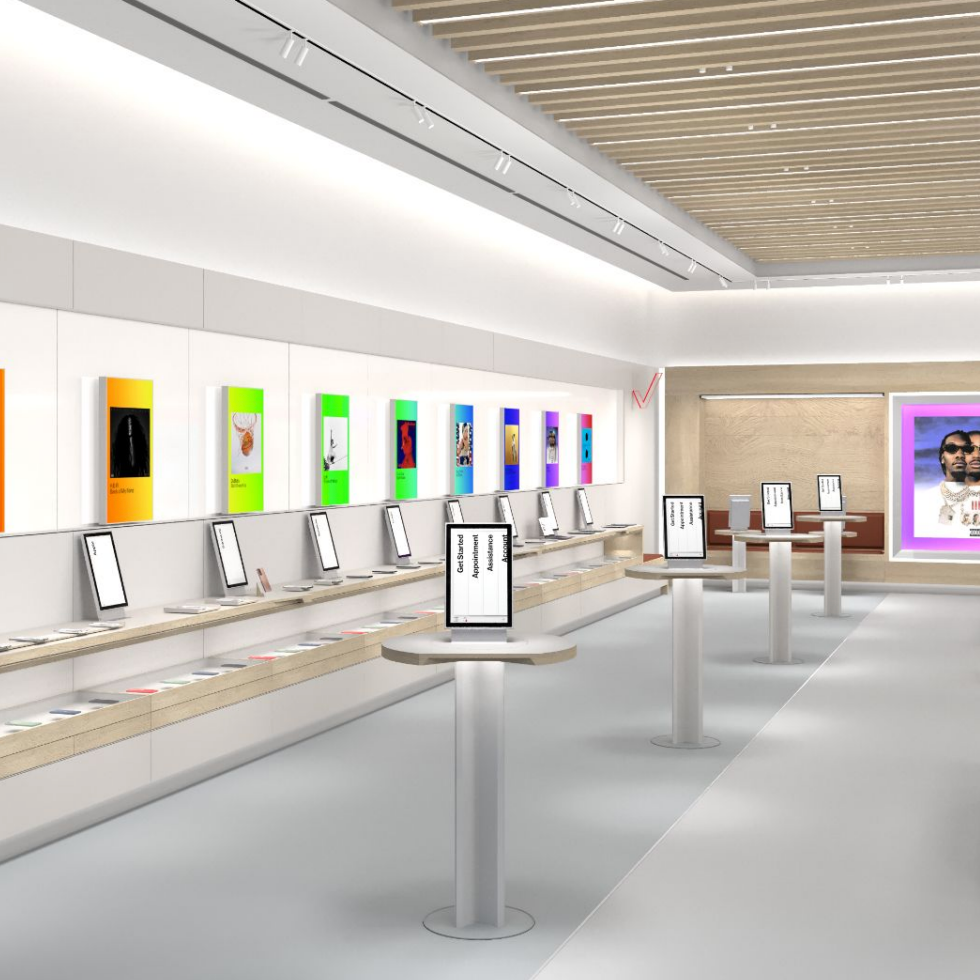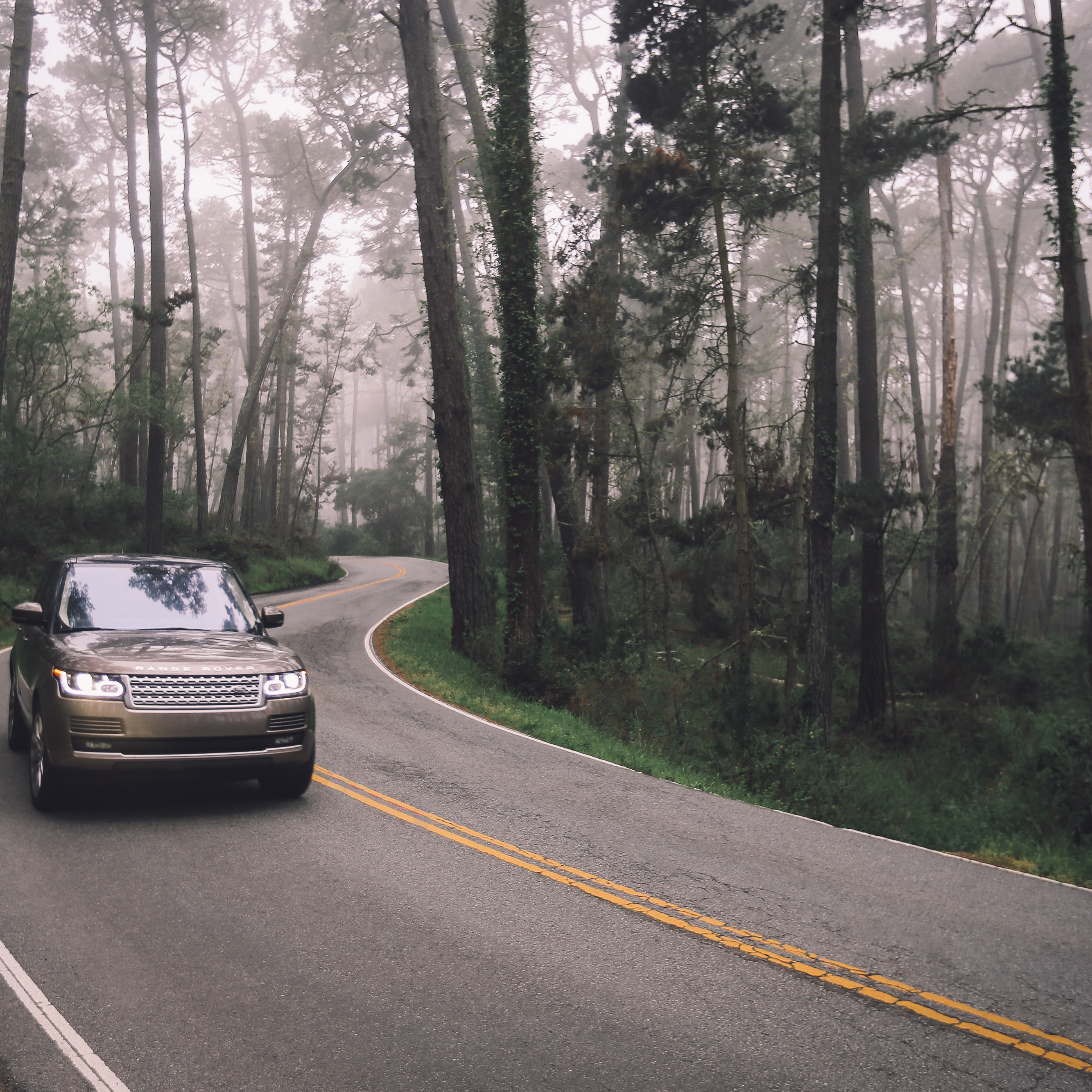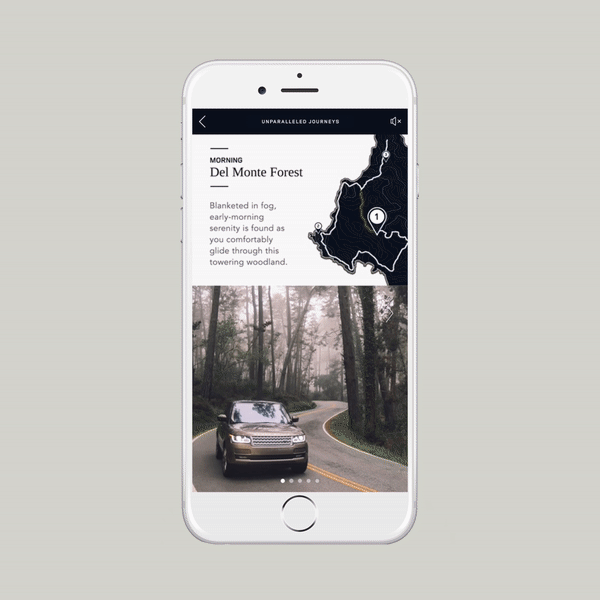Big Room
Live Music Discovery
Live Music Discovery
product overview
In 2018, a previous client of mine and founder of video AI app, Triller, came to me to help prepare investor pitches for a new app he was working on called Big Room.
Within a few months, I was hired on full time as Head of Design developing prototypes for what would be the go-to platform that captured and streamed live concerts to audiences everywhere.
Within a few months, I was hired on full time as Head of Design developing prototypes for what would be the go-to platform that captured and streamed live concerts to audiences everywhere.
brand positioning
Believing in the power of broadcast, we believed that the music industry was missing out.
It generates more ticket revenue than the major sports leagues combined, yet makes virtually no revenue from distributing its content. With that, we wanted to explore, anticipate, and exploit this almost inevitable user behavior — live music consumption from anywhere.
It generates more ticket revenue than the major sports leagues combined, yet makes virtually no revenue from distributing its content. With that, we wanted to explore, anticipate, and exploit this almost inevitable user behavior — live music consumption from anywhere.


branding
We started with the simplicity of where these magnetic experiences start— in one big room. Paying a close attention to the contract between dark and light when you think of these experiences and the grittiness we wanted to keep we struct a balance between a dominant san serif and mono typefaces.
Additionally, the general divide between dark and light that concerts evoke. Artifacts shapes are under development in regards to viewpoints, finders, camera, and the automation of the experience.

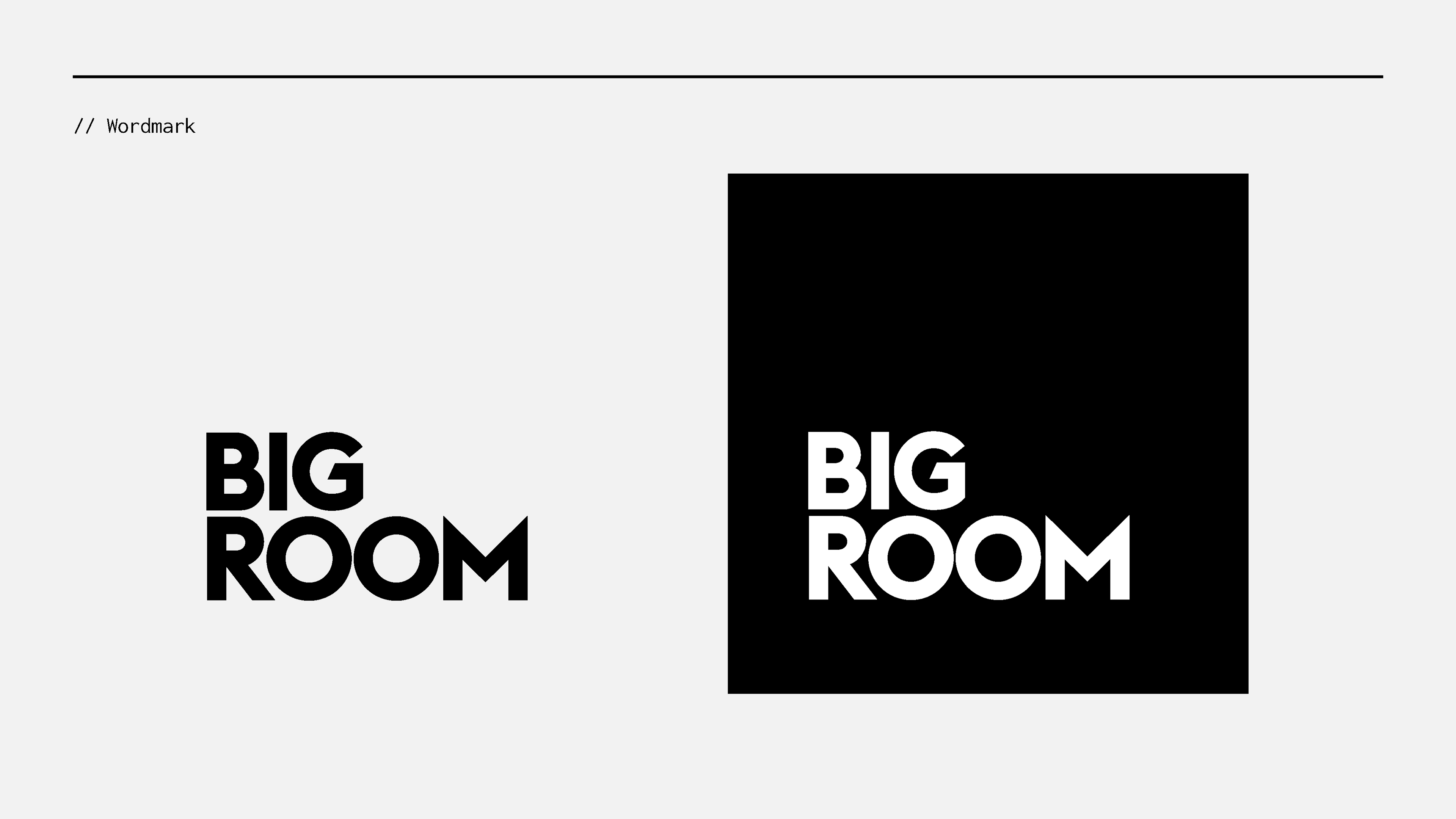



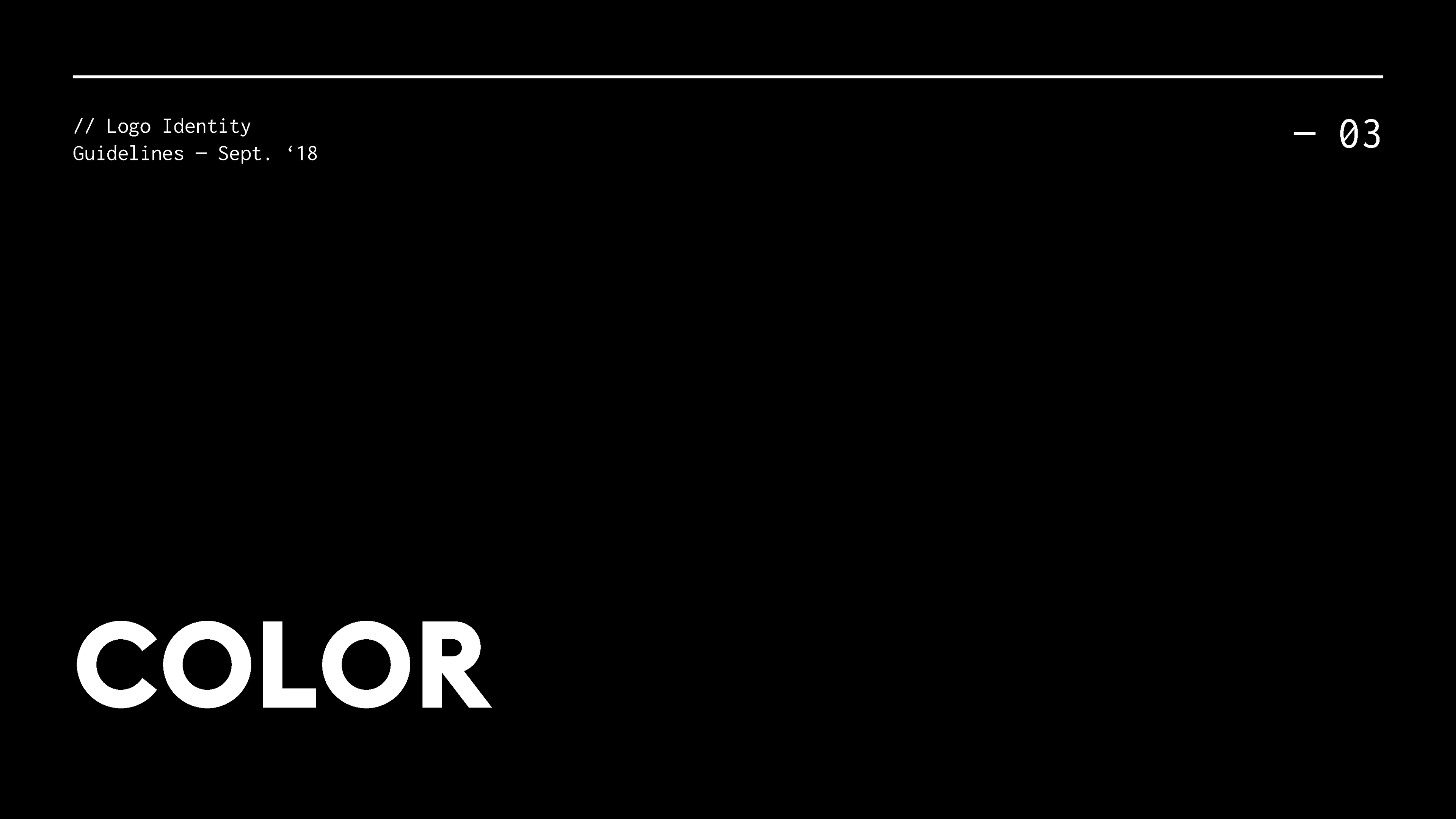




competitive analysis
To dig deeper into the user behavior discovery and ways of watching, we initiated a competitive analysis, developed user personas, and planned an information architecture.


user personas
Research and identification for our users was initially complex. We wanted to cater to the early adaptors, audience that would have the biggest eyeballs and desire for live streaming.
We didn't want to rule out users that would come in with different motivations, such as user who may want to stay in touch with music scenes in home cities.
We didn't want to rule out users that would come in with different motivations, such as user who may want to stay in touch with music scenes in home cities.


information architecture
Our initial information architecture was centered around four key functions — link accounts, filter by location, send to airplay, and venue hopping.
For our MVP, we wanted to focus our three key primary features
For our MVP, we wanted to focus our three key primary features
user flows
Depending on user preference, we wanted to explore and test three distinct Discovery Modes.
Our primary was Channel Surfing or "tap surfing" where users would default into your standard passive browsing similar to flipping through tv channels.
Our primary was Channel Surfing or "tap surfing" where users would default into your standard passive browsing similar to flipping through tv channels.
This is also very similar to Instagram Stories or other popular browsing behavior humans have done for decades (prior to social media it was simply done on your remote — or arguably for centuries while reading a book and thumbing through the pages).
For our geographical based users like Julia, they could use our map overview or search bar to find nearby venues or ones they know they love by name.
For our geographical based users like Julia, they could use our map overview or search bar to find nearby venues or ones they know they love by name.
Initial Product Design
Inspired by channel surfing and minimal usage of buttons (or interface like stuff), we are have a live prototype in place.


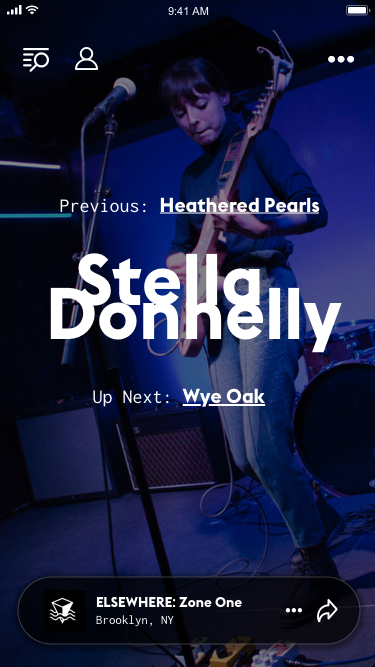


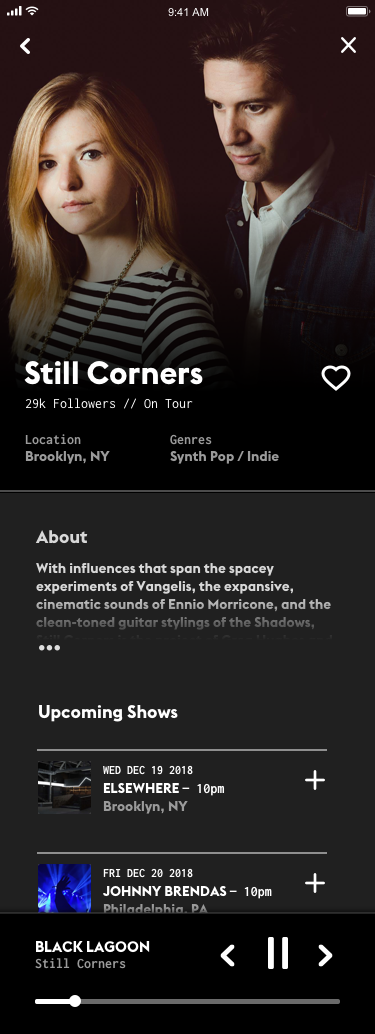
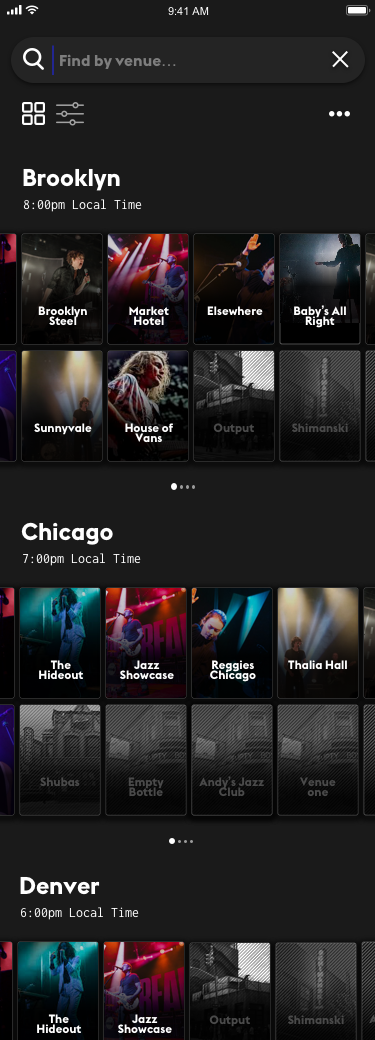


Official Product
launch
launch


MAJOR
EVENTS
EVENTS
At the height of the 2020 COVID-19 pandemic and lockdowns, Big Room partnered with artists like Post Malone and Tory Lanez to put on some of the best virtual quarantine performances the internet had to offer.

Pre-event teaser

Caught the eye of critics

Live from my living room

Attention from massive TV media outlets
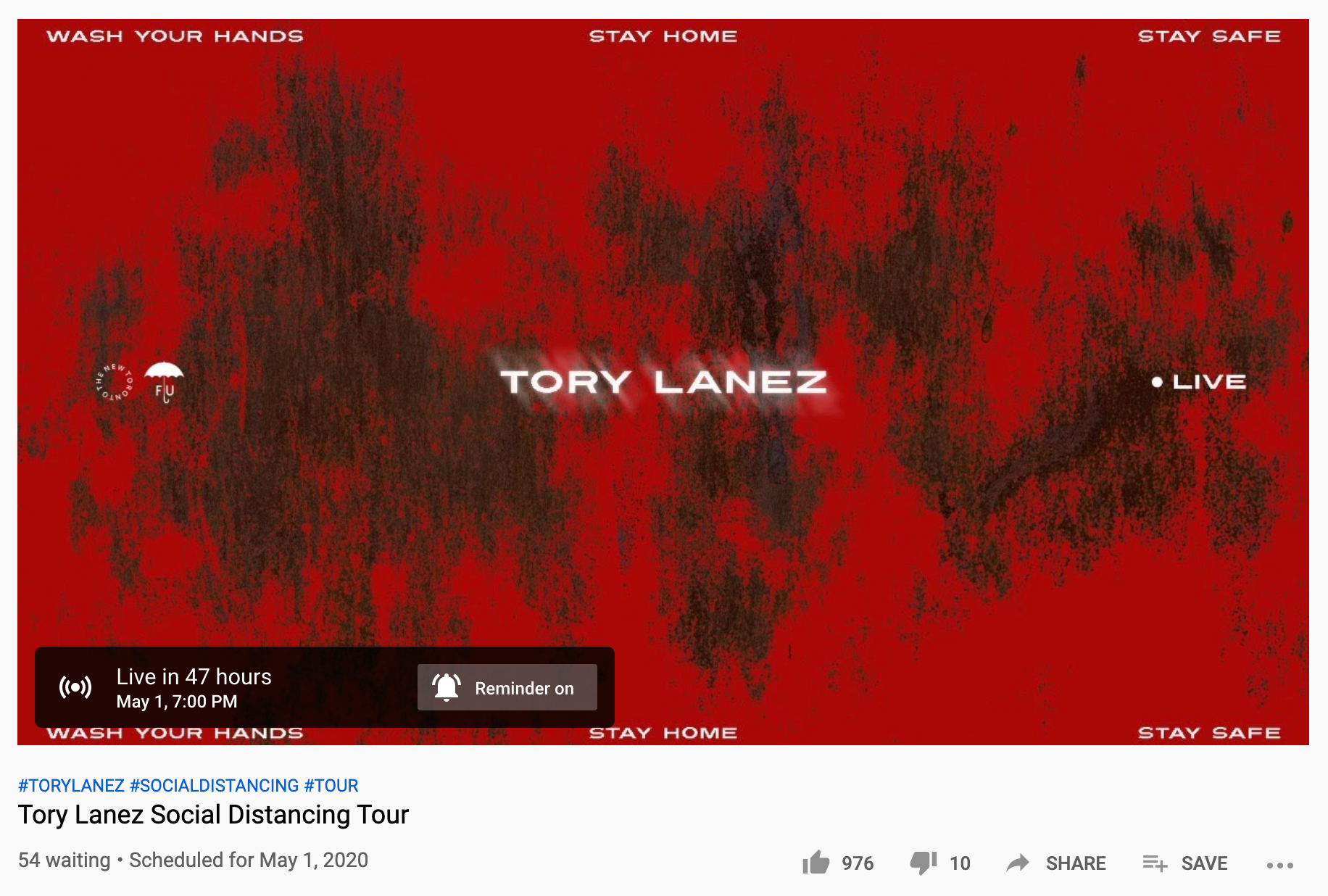
Tory Lanez
